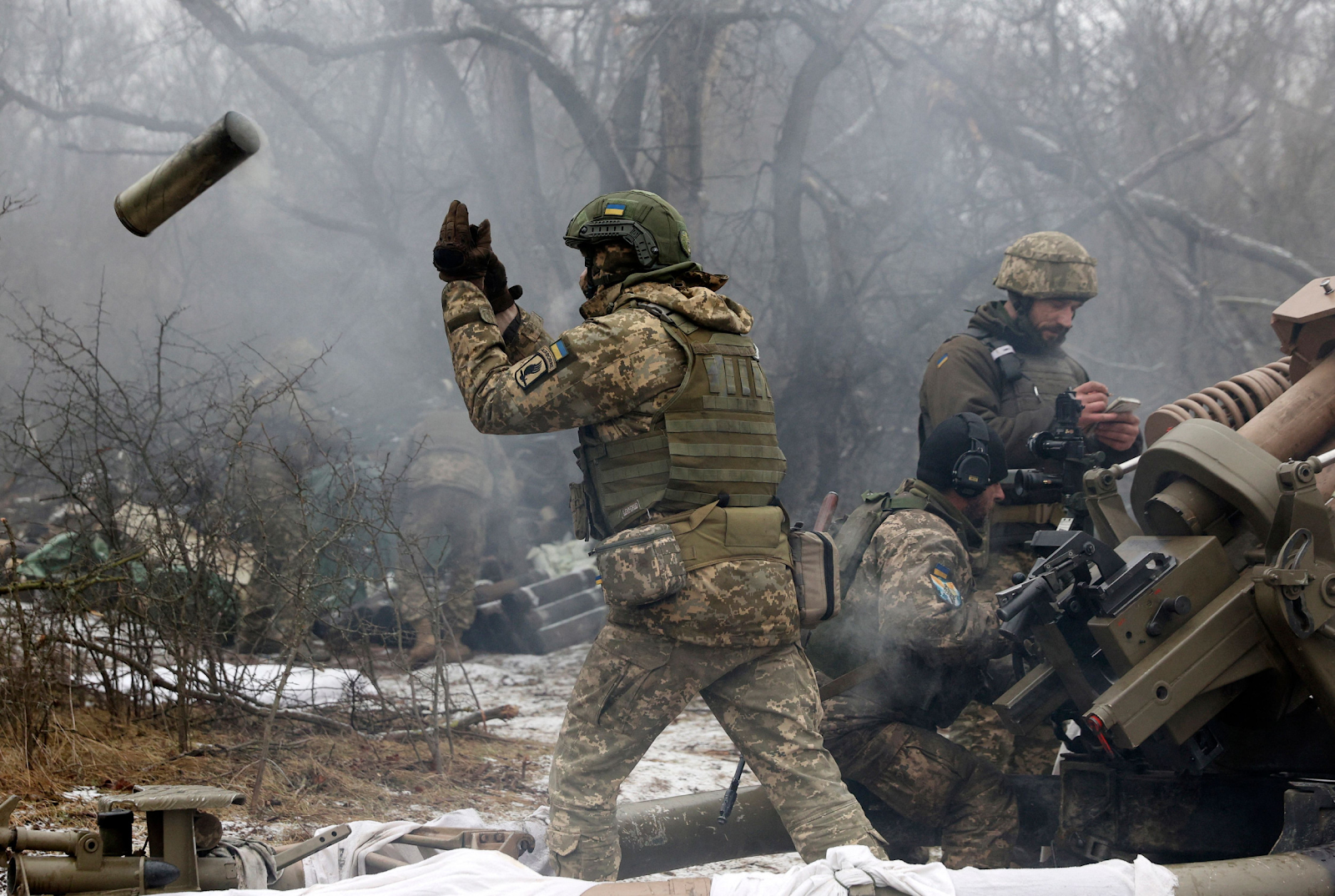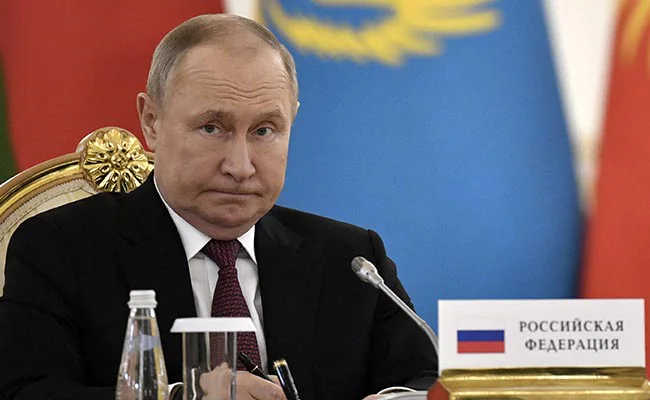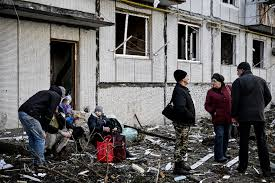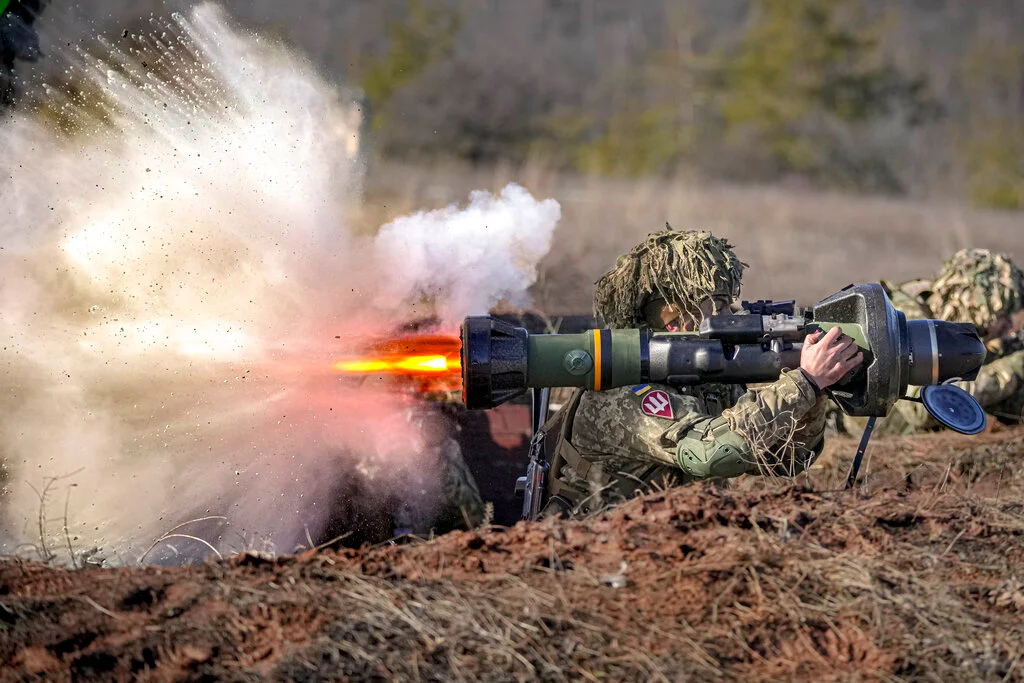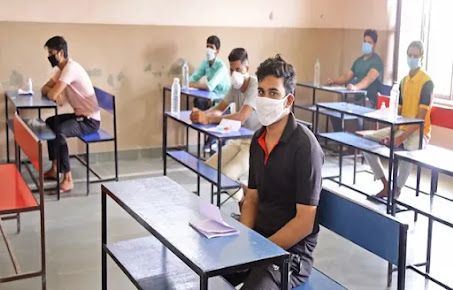Reason why Russia failed, its invasion on Ukraine!
Wanna hear why Russian invasion failed, well allow me! The soviet- Afghan war raged for ten years and killed over 15000 Russian soldiers.

It was the devastatingly costly campaign for Soviet Union that directly led to its downfall and collapse.
On 24th-feb -year 2022, president Putin said “Hold my weapon of mass destruction.” And launched an even worse military disaster.
But is Putin’s Ukrainian invasion really a failure, Or are we all guilty of falling for Western propaganda as Russia would claim?
Getting good intelligence on the ongoing invasion of Ukraine is difficult,
which makes drawing conclusions equally difficult.
Wars are a very dynamic thing, after twenty years in Iraq and Afghanistan.
In both cases US forces utterly decimated the and what starts off blazingly well can end in disaster or quagmire- just ask the United States conventional forces of each nation, and then spent twenty years fighting an insurgency only to leave with a strategic defeat that left the situation worse for America than before its invasion.
But Putin’s invasion of Ukraine has had immediate and very large red flags straight from day one, that signal this will be one of the Russia’s worst defeats since the start of World War II.
For starters, it has become abundantly clear that Vladimir Putin was operating on very faulty intelligence when he launched his invasion. Shortly before Russian forces moved to staging areas, he tasked his intelligence apparatus with infiltrating Ukraine and bribing or
intimidating Ukrainian military and political officials into cooperating with Russia.
These intelligence agents were also supposed to take the general temperature of the population in
order to gauge whether or not Ukraine could muster the will to fight an invasion or not.
Perhaps unsurprisingly for the Russian dictator, the verdict was exactly what he wanted to hear-
Ukraine was not just ready for an invasion, but its population would welcome Russian soldiers with an open arms and warm borscht.
That’s the problem with being a dictator surrounded by Yes Men, nobody is going to tell you the truth. The second problem with running such a regime is that your underlings are no doubt just as murderous and corrupt as you are, so it was of no surprise when rumors began to circulate that Russian intelligence agents had not just borscht their job up, but had actually siphoned off large amounts of the funds dedicated to their intelligence operations into private accounts.
To be fair, Russia’s operatives had succeeded in some ways. For instance,
when the invasion reached Kherson, the bridges leading into the vitally important city were supposed to have been mined and prepped for demolition. Somebody though had ordered the mines and explosives removed, clearing the way for Russian invaders to cross the bridges. President Zelensky would respond by firing multiple senior political leaders from the region. Yet overwhelmingly, as Russian troops crossed the border into Ukraine they were met with molotovs and kalashnikovs, not borscht and hugs as expected.
But this wasn’t the only strategic failure on Russia’s behalf even before the fighting started. As planning for the invasion began, Russia failed to account for the current state of Ukraine’s armed forces. In 2014 when Russia annexed Crimea it did so with little opposition from Ukraine’s armed forces. Overwhelmingly, the Ukrainian military melted away and retreated from the fighting.
Eight years later, Russia believed that Ukraine’s armed forces would repeat their
performance of 2014- but failed to take into account that for the last eight years the United States had sent hundreds of trainers and senior military personnel to Ukraine in order to restructure their armed forces. While the process was still ongoing and incomplete as the invasion started, the military that met the Russian invaders was a vastly different machine than that which retreated en masse during the 2014 invasion. More mobile, efficient, and trained in western doctrine, Ukraine’s military did not fall back as expected, but put up a stiff resistance that soon slowed Russia’s advances to a crawl. The failure to account for both Ukraine’s willingness to fight and its military’s new capabilities led to immediate disaster at the start of the war. Russia opened its gambit for Ukraine with a deep penetration air assault straight into the political heart of the nation- Kyiv.
Its plan was simple, and given its 2014 successes and perceived overwhelming overmatch in firepower, should have worked- fly Russia’s most elite air assault forces
to the outskirts of the capital, set up an air bridge, fly in reinforcements,
and walk into Kyiv to execute Zelensky and replace him with a pro-Kremlin figure.
The stubborn and uncooperative former Soviet republic would soon once more be back in the fold.
Except that’s not at all how things turned out. For starters,
the air assault into Kyiv was terribly prepared and executed even worse. The lynch pin of the
entire operation was the Antonov airport, which was the primary target of Russia’s air assault on Kyiv. Located just ten miles from the heart of the capital, this airport had
large enough runways to accommodate Russia’s heavy lift airplanes.
A successful assault here would allow Russia to simply fly in heavy equipment, and rapidly move into Kyiv itself. But Ukrainian resistance was not just stiffer than anticipated,
but better equipped. As two to three dozen Russian helicopters approached the airport
they were met with MANPAD fire. Regular air defenses had been successfully neutralized,
but Ukrainian defenders were armed with MANPADS provided by the west. Multiple
helicopters were either destroyed or forced to land, disrupting the flow of the assault.
Eventually the defenders were overwhelmed, but Ukraine had been warned by the American CIA of an assault on the airport and was already mustering response forces.
Without any heavy vehicles of their own, Russia’s paratroopers were dependent on Russian aircraft for support, but these were met by Ukrainian fighters and were limited in their effectiveness. Ukrainian ground attack aircraft such as Su-24s also pounded Russian positions. By the end of the first day of fighting Russia’s elite paratroopers had been
defeated and forced to retreat into the forest outside of the airport.
There they linked up with the Russian ground assault coming from Belarus and eventually wrestled control of the airport away from the Ukrainians. However,
by then the airport had been so badly damaged that Russia couldn’t use it anymore.
Russia’s failure to account for Ukrainian anti-tank weapons meant that the Belarus assault force was greatly delayed in linking up with the air assault. Left relying on spotty air cover, the lightly armed paratroopers were defeated and forced to retreat, while the heavy fighting and Ukrainian sabotage destroyed the runways and made the airport impossible to use as an air bridge. This type of extremely shoddy strategic thinking quickly became a hallmark of the entire invasion. It very soon became apparent that Russia was either incompetent, was entirely too confident of its own abilities, or had severely underestimated Ukrainian will and capabilities. The truth is that all three things are true to a degree.
Russian incompetence is evident in the entire invasion plan. As many western observers noted, Russia made the completely unprecedented and confounding decision to launch a full-scale invasion without first conducting an air and missile campaign against Ukraine. Modern military doctrine states that before using ground forces,
one first uses strike aircraft and missile assaults to soften up a nation’s defenses. This
includes strikes against air defenses, command and control nodes, supply and logistics hubs, and radar installations. When the US and coalition forces launched Desert Storm,
air power was used to dismantle Iraq’s ability to effectively control its own forces before a
single tank crossed into Kuwait. Attacks against Iraqi air bases and radar sites
also allowed coalition aircraft to rule the skies, and denied Iraqi forces air support.
Russia did none of this, and instead launched its air campaign at the same time as troops
were crossing the border into Ukraine. What’s more, it’s become clear that its intelligence
and recon capabilities were not up to par, as a significant number of its strikes failed to
neutralize intended targets. This left Ukraine with a fully operational air force and air defense network that took a heavy toll on the Russians, while allowing Ukrainian aircraft to provide fire support for ground forces. Given that Russia operates the second largest air fleet in the world, it’s absolutely baffling that the Russian aerospace forces- whose budget is larger than all of Ukraine’s military budget combined- could not, and still haven’t won the war for Ukraine’s skies. As the war continued, Russian basic military competency came into serious question.
Everywhere you looked it seemed as if Russia’s military planners simply weren’t up to the task, though this analysis may be skewed by the staggering amount of corruption within the Russian military. Things like bad tires leading to dozens of perfectly operational vehicles being abandoned can be blamed on corruption, with unit commanders skimming the maintenance and acquisition budget and buying cheap Chinese tires for their vehicles instead of the military grade tires they require. But the fact that abandoned vehicles showed clear sign of sun rot in their tires on only one side of the tire is evidence that Russian maintenance personnel are either poorly trained, or its military is criminally inept. When kept in storage,
vehicles must be rotated on a set schedule in order to avoid
sun damage on only one side of the vehicle. It was clear that Russia had not done this, and the simple mistake cost them tens of millions in lost vehicles that Ukraine happily put to use.
The US military has a saying: amateurs talk strategy, professionals talk logistics. Russia
it seems has maintained its Soviet era doctrine of underequipping its units with logistics personnel and vehicles. Compared to an American unit, Russia assigns on overage half as many logistics personnel and vehicles, meaning that its ability to project power far from its own borders is very limited. This was no clearer than in the suburbs of Kyiv, where the infamous 40 mile long convoy of military vehicles would have its day in military infamy. Starved of fuel, ammo, and even food, Russian personnel either abandoned vehicles or were forced to come to a dead stand
still. The rapid advance on Kyiv which was the lynch pin of Russia’s entire war strategy failed because of its own doctrinal incompetence, and Ukraine took full advantage ruthlessly attacking Russian supply lines.
Rather than kill tanks, Ukrainian special forces went hunting for Russian trucks- to great effect. Each truck lost meant another two to three tons less of food, ammo, and fuel, which meant an even slower, and more vulnerable advance.
Russia inevitably was forced to retreat from Kyiv, and instead focus on its more successful operations in the east of Ukraine. Here it was steadily gaining ground, but the arrival of Western smart weapons such as US HIMARS rapidly changed the strategic picture for Russia.
Failing to take into account the use of smart weapons, Russia suffered staggering losses of command personnel and supplies. But this wasn’t the only way that Russia failed to take into account how 21st century war was waged, as horrible electronic and signals intelligence discipline directly led to the assassination of dozens of senior military officers and the destruction of dozens of strategically important targets. Russian military personnel and reporters were freely streaming from near or adjacent to sensitive military sites, and its leaders were often using unsecured communications methods.
Despite all this however, Russia was winning the war for Ukraine- even if it was at an incredibly unsustainable win rate. However, in early September Ukraine launched a massive counteroffensive that changed this, and exposed yet another strategic failure from Russia. For well over a month Ukraine had very loudly broadcast its plans to launch an invasion in the south with the goal of retaking Kherson. Russia took the bait, and moved many of its best fighting forces from the north to the south. When the attack was launched, Ukrainian shaping operations using long-range precision HIMARs strikes led to some modest gains around the city.
Russian apologists were quick to point out that the units in the north were
some of Russia’s least effective, and thus Ukraine’s win is only temporary,
as the moment that Russia’s regular forces return to the area Ukraine will be on the backfoot once more. Yet this does not ring true at all, as a growing body of evidence shows that units such as Russia’s vaunted 1st Guards Tank Army was present at Kharkiv, and had not only been defeated but forced to flee in a panic, leaving behind many of its tanks for the Ukrainians. This is a clear indication that even Russia’s best forces are having great difficulty inside Ukraine.
However, Russian forces were completely blindsided by a massive Ukrainian counteroffensive in the north, where its forces were weakest. While Ukraine had exercised strict operational security to keep the offensive a secret, even Russian military bloggers had made note of the buildup of Ukrainian forces in the north. Russian intelligence however completely missed the clues, and its forces were utterly overwhelmed, leading to a massive defeat and panicked withdrawal from the region.
The 1st Guards Tank Army was the very vanguard of Russia’s ground forces, this was the force that was meant to smash into the teeth of NATO’s best defenses in case of war, and win.
But what’s perhaps even more telling for Russia’s difficulties is the fact that even with Ukraine launching an offensive only miles from its own border, Russia’s air force appeared to be mostly MIA from the fight. When you can’t project air power literally miles from your own border, your military is in seriously bad shape. So is Vladimir Putin’s invasion of Ukraine a failure? Well, after the Kharkiv offensive and the panicked retreat of its military, Russia has the dubious distinction of becoming Ukraine’s no. 1 supplier of military vehicles.
Directly supplying your enemy with more heavy vehicles than they had before you started fighting is not the best way to win a war. But Russian remains a massive military power, even if it seems incapable of using that power with any great amount of precision or aptitude. Reports from the Kharkiv offensive clearly show that the Russian military is suffering from serious morale problems, and there’s even reports of one artillery unit not undertaking a single fire mission during one day of fighting because the entire crew was drunk.
This would seem incredible in a western military,
but is frighteningly common place inside of the Russian military where discipline is incredibly low even during peace time. Such incidents were common place during both Chechen conflicts. Russia has not lost the battle for Ukraine, and the war will almost inevitably drag on for another six months or longer.
But strategically, Russia’s invasion of Ukraine is a definite failure, even if it were to magically win overnight for some reason. For its aggression, Russia has become a pariah state, and unprecedented Western sanctions- bordering on what it might face in case of real war against the west- have left the Russian economy in a seriously perilous state. For the moment, the worst of the damage is being contained thanks to a large war chest
Putin had accumulated before the war.
But that money will run out, sooner rather than later given that half of that money is in western bank accounts that are now frozen. Sanctions will soon bite into the Russian economy even harder than they’ve been, and the ruble is seen as a potemkin currency that’s only being propped up by extreme measures that simply can’t last. But the real problem for Russia is that many of its best and brightest professionals and artists have fled the nation in droves, weakening its ability to compete in a 21st century global economy.
For its military, sanctions have been specially painful. Cut off from advanced western
technological components, Russia’s military has nearly exhausted its supply of precision
weapons. It is also having great difficulty manufacturing things such as air defense missiles, with one plant shut down and its workers told they could either go on unpaid leave, or get paid to go fight in Ukraine. When you are sending trained engineers
to go fight and die in a trench, you’re not doing your future self any favors.
Even if Russia were to win in Ukraine, it would do so at a cost so steep that some in the west wonder if the nation isn’t even now under threat of breaking up. What would be left of Russia is a shadow of a power with a military that would take a decade or more to rebuild, and forced to rebuild with 20th century technology as it remains cut off from western imports. Reduced to a shadow of itself, Russia’s only real clout internationally would be its formidable nuclear arsenal.
However, the clearest sign that Russia’s invasion of Ukraine is a massive strategic failure is that its very goal was to prevent the strengthening of the west against Russia. Yet the result is that Vladimir Putin is the only Russian leader who ever set out to weaken NATO and accidentally made it even stronger thanks to Sweden and Finland’s ascension to the alliance. At this point, Vladimir Putin has so thoroughly crippled his own nation that the American CIA should be naming buildings in his honor for his hard work in weakening the US’s chief rival.
That’s all for today!
Thankyou for reading.😘
